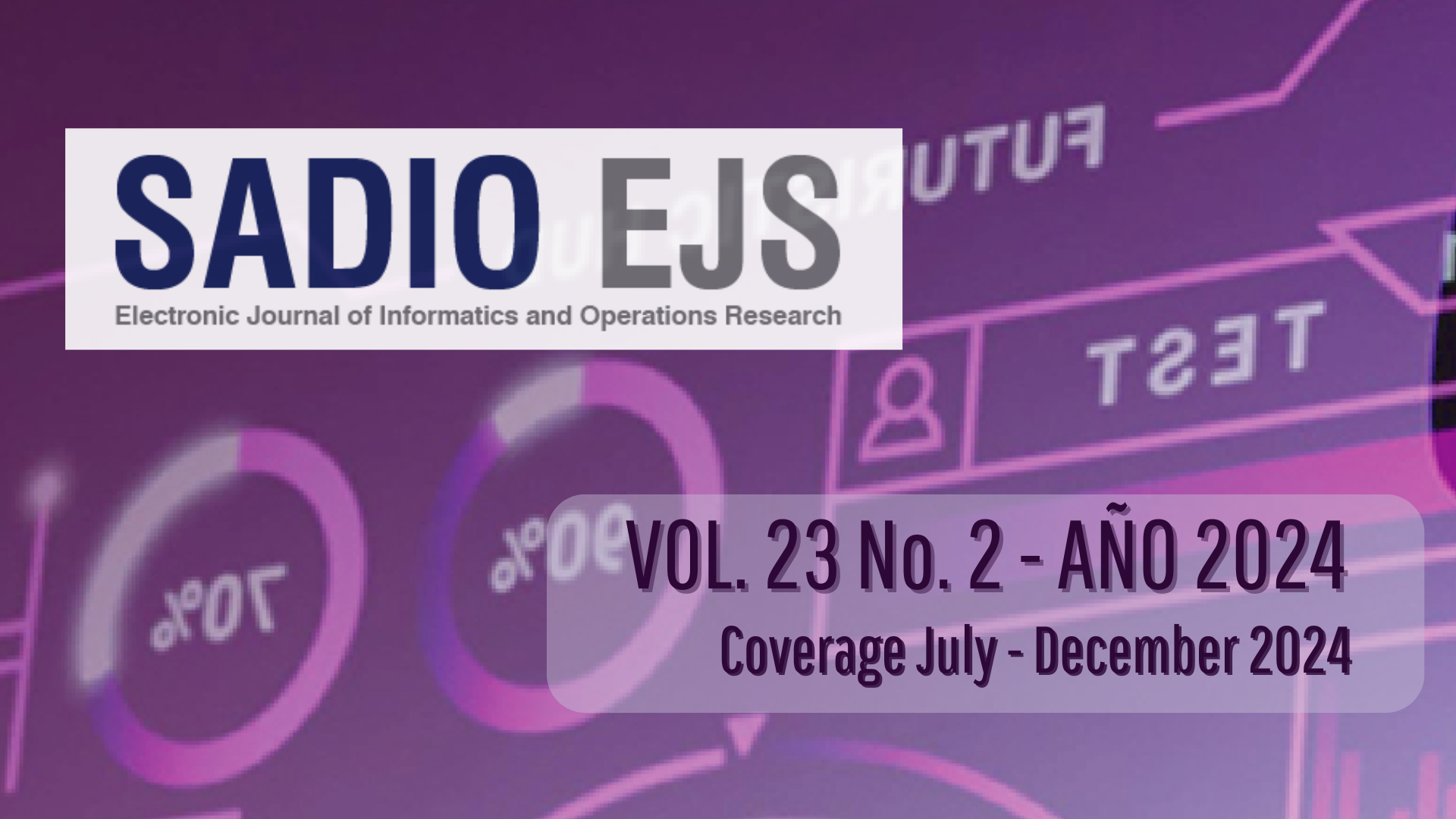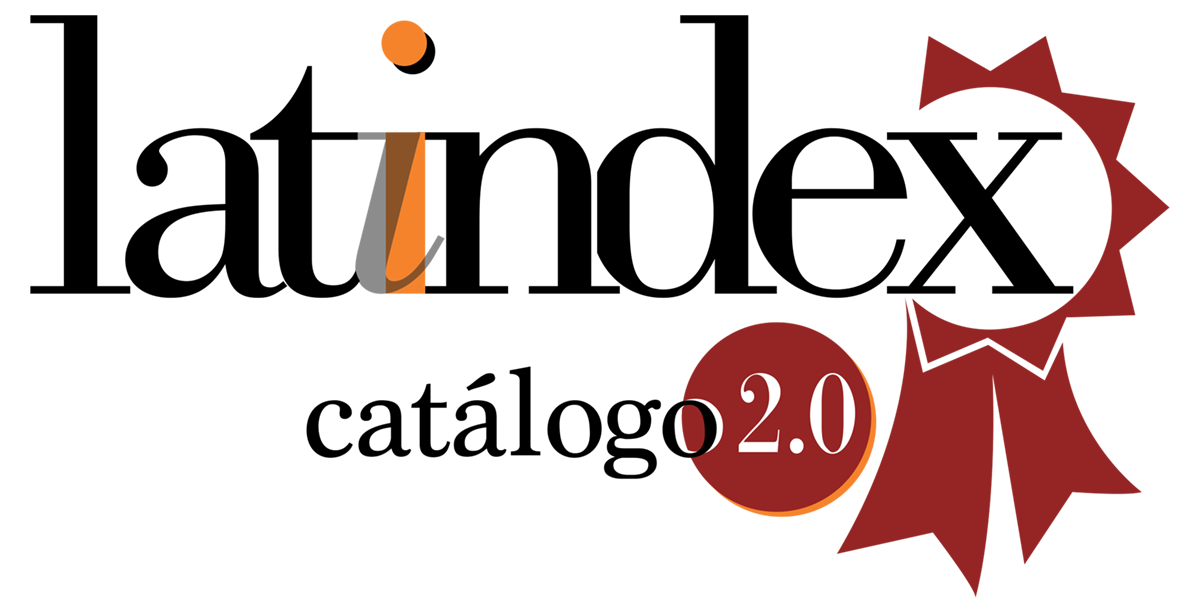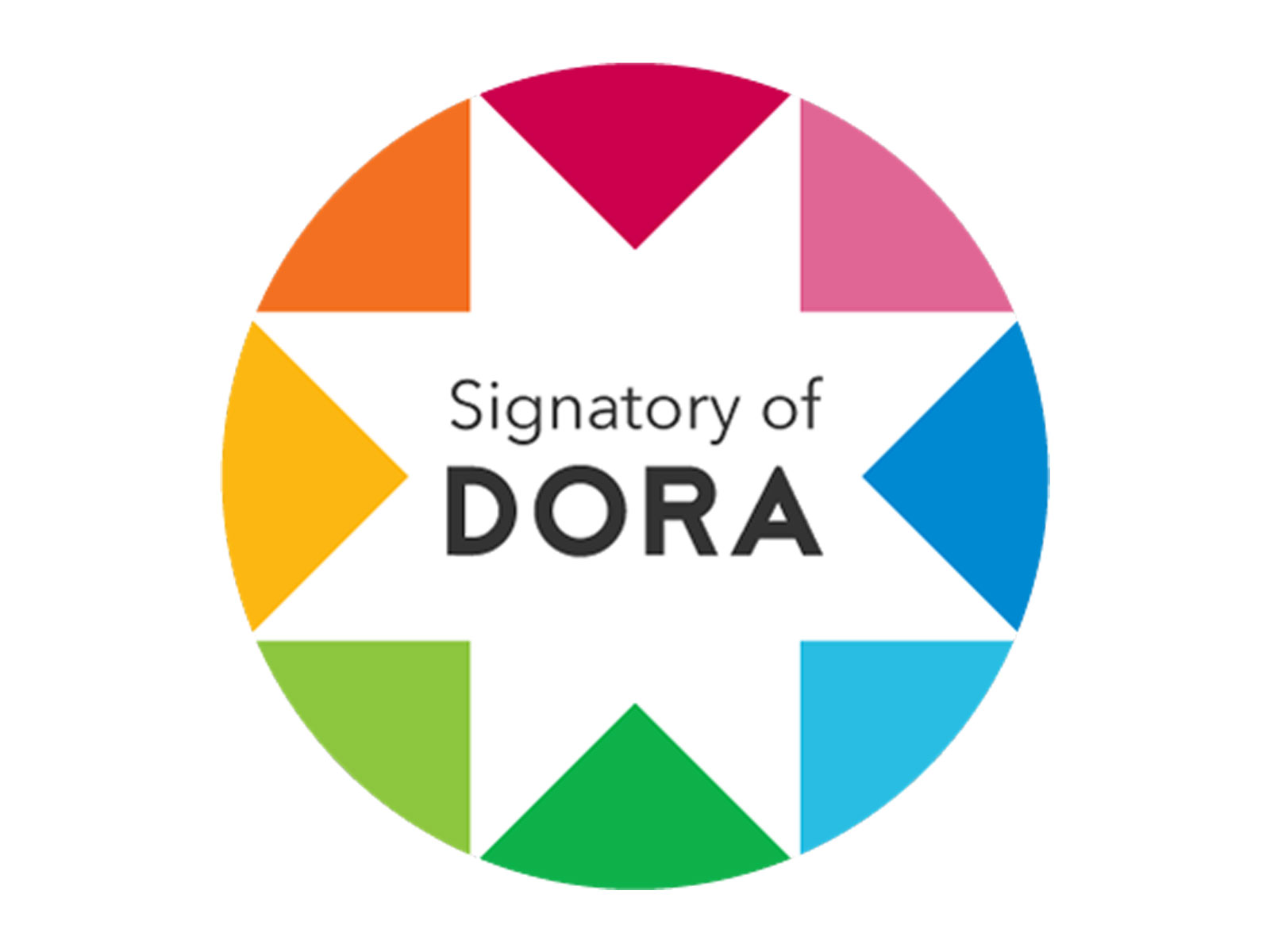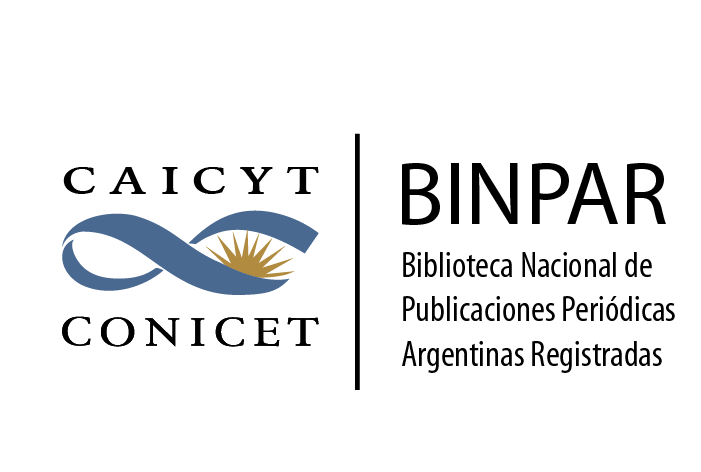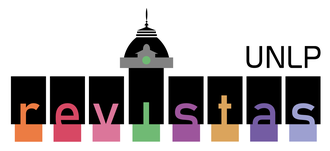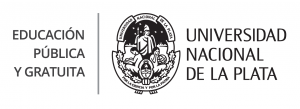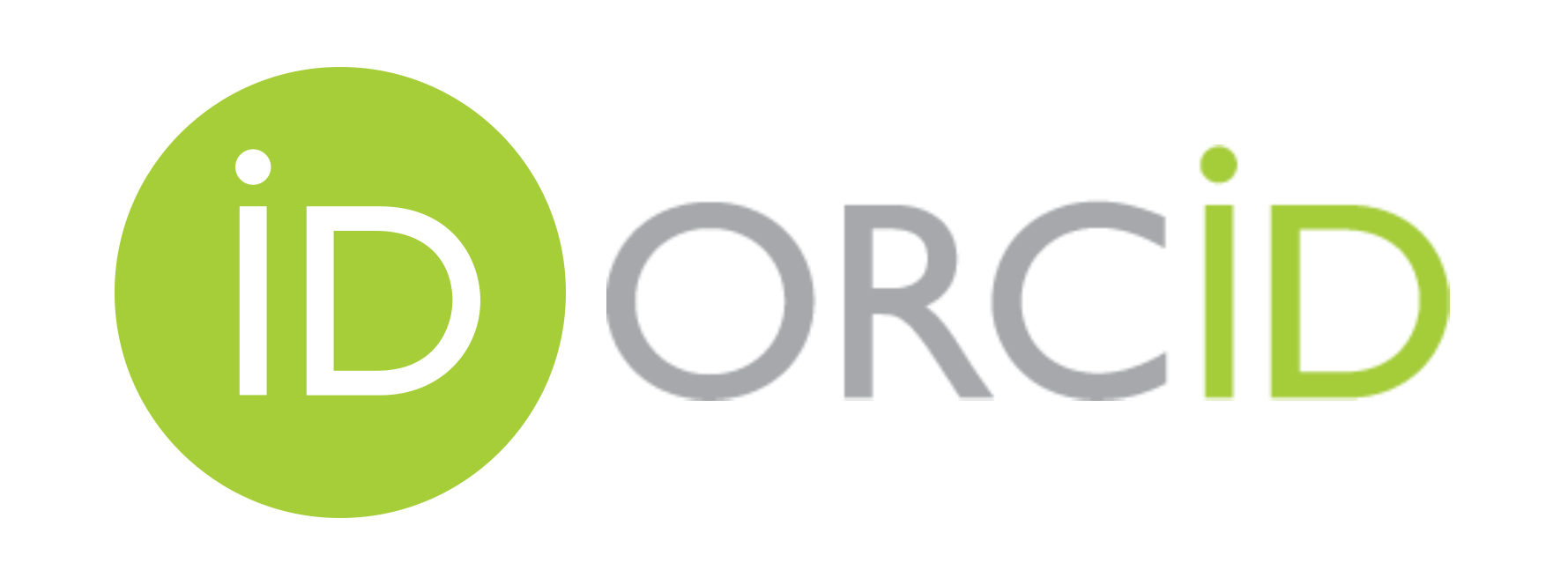Soil roughness characterization by photogrammetric techniques Towards SAR modeling
DOI:
https://doi.org/10.24215/15146774e051Keywords:
Soil roughness, SAR, photogrammetry, multiscale roughnessAbstract
Soil roughness and volumetric moisture are the two main soil-related variables influencing the SAR backscattering coefficient. Since it is usually challenging to decouple the effect of each, in this work, we propose a methodology to estimate soil roughness, mainly in agricultural environments. The traditional methods, using graduated tables and profilometers, are laborious and spatially limited. The use of lasers is feasible, but they are normally inaccessible. This work proposes a methodology based on photogrammetric techniques using primarily educational software. We tested the method over two bare soil 1m2-areas, one with a random surface pattern and another where we simulated typical crop rows (52 cm apart). As a result, highly accurate surface three-dimensional digital models were obtained. We then extracted the standard deviation of the surface height and the correlation length, the main roughness parameters required in SAR modeling. Additionally, we were able to extract other relevant information, such as the predominant spatial structure directions and height profiles from the autocorrelation function and the multiscale roughness through Fourier analysis. Given the excellent results of this fast and low-cost methodology, we estimate it could provide precise and systematic information on soil roughness for operational applications in the SAR context in view of Argentina's SAOCOM missions.
Downloads
Downloads
Published
Issue
Section
License
Copyright (c) 2024 M. Soledad Mieza, Federico Kovac

This work is licensed under a Creative Commons Attribution-NonCommercial-ShareAlike 4.0 International License.
Those authors who have publications with this journal, agree with the following terms:
a. Authors will retain its copyright and will ensure the rights of first publication of its work to the journal, which will be at the same time subject to the Creative Commons Atribución-NoComercial-CompartirIgual 4.0 Internacional (CC BY-NC-SA 4.0) allowing third parties to share the work as long as the author and the first publication on this journal is indicated.
b. Authors may elect other non-exclusive license agreements of the distribution of the published work (for example: locate it on an institutional telematics file or publish it on an monographic volume) as long as the first publication on this journal is indicated,
c. Authors are allowed and suggested to disseminate its work through the internet (for example: in institutional telematics files or in their website) before and during the submission process, which could produce interesting exchanges and increase the references of the published work. (see The effect of open Access)

